This list explores ten bildungsroman novels, each representing unique coming-of-age journeys from different times and places, arranged chronologically according to their year of publication.
The coming-of-age tale represents one of the most universally relatable literary genres insofar as it deals with a phenomenon common to almost all of us: the rite of passage from our teen years to adulthood, a period of tumultuous emotional upheavals and the broadening of worldly horizons, as fractured identities struggle to coalesce into some semblance of a coherent responsible self. Formally grouped by the term Bildungsroman (meaning a ‘formative novel’), these stories revolve not so much around a certain age range or time in the character’s life as much as the typically shared themes of spiritual and moral growth and the ensuing loss of innocence.
Often, these transitions are affected by the constraints of one’s environment, such as poverty or geopolitical tensions, speeding up the death of youthfulness by prematurely forcing the burdens of adulthood upon kids. The kernel of most Bildungsroman tales thus becomes the trade-off between the protagonist’s gain in their social status and/or worldly wisdom at the expense of some acute emotional loss that leaves them decentered. While most such novels depict characters undergoing positive development, progressing from naivete and lack of control to maturity and wisdom, some authors experiment with subverting this structure in attempting to give the lie to the promise of wholeness and recognition that the ritualistic coming-of-age experience seems to offer.
Here is a list of the ten best bildungsroman novels in English literary history:
- 10. Little Women by Louisa May Alcott
- 9. Kim by Rudyard Kipling
- 8. A Portrait of the Artist as a Young Man by James Joyce
- 7. The Magic Mountain by Thomas Mann
- 6. Pather Panchali by Bibhutibhushon Bandyopadhyay
- 5. Dune by Frank Herbert
- 4. Oranges Are Not the Only Fruit by Jeanette Winterson
- 3. Norwegian Wood by Haruki Murakami
- 2. Call Me By Your Name By Andre Aciman
- 1. Persepolis by Marjane Satrapi
10. Little Women by Louisa May Alcott
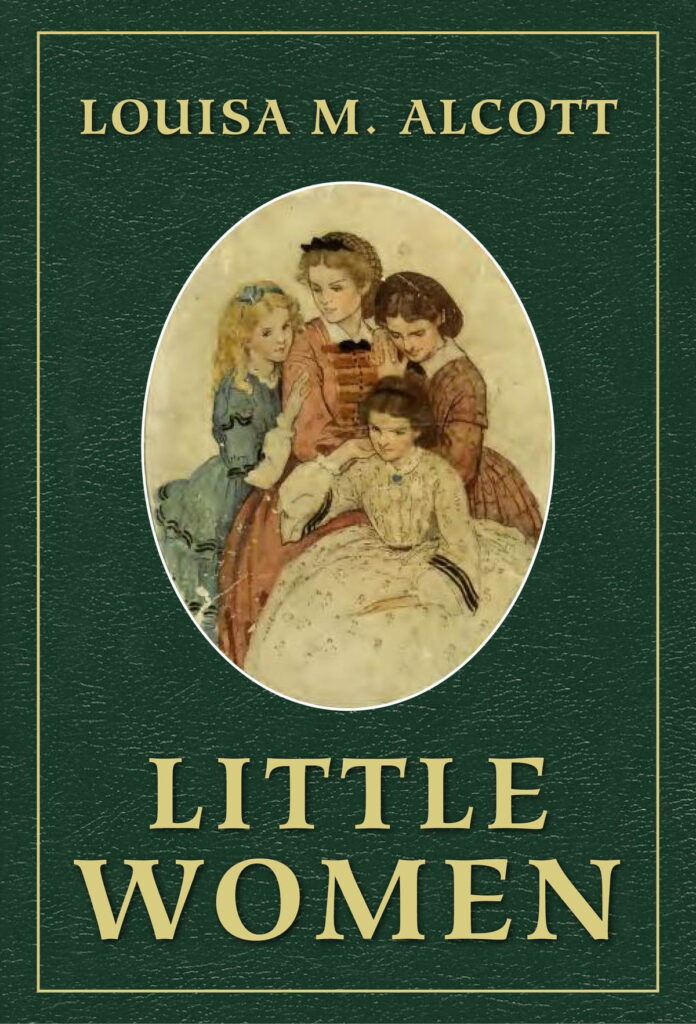
Meg, Jo, Beth, and Amy March are four sisters living a life of genteel poverty with their mother, Marmee, in Massachusetts. Their father is away serving as a Union chaplain in the American Civil War, and the novel depicts the sisters as they leave behind their adolescence to grapple with the challenges of womanhood. Each of them has to deal with their specific shortcomings so that they may find love and acceptance in the world of adults – Jo, the tomboyish aspiring writer, is told to be more ladylike; Meg, the oldest sister, must conquer her weakness for luxury and riches so that she may find love; Beth must overcome her shyness; and Amy, the youngest, must get rid of her vanity.
First published in 1868 in the United States, Little Women is a semi-autobiographical novel based loosely on Alcott and her three sisters. The title itself hints at the predicament of the characters – they are all “little women,” i.e., they are passing through that stage in life when they are gradually expected to behave like women (i.e., mature, as opposed to being childish), despite not being quite old enough to have the necessary life experience. A timeless classic in the canon of English literature, Little Women has been adapted for screen multiple times, the most recent being the Academy Award-nominated 2019 film directed by Greta Gerwig.
9. Kim by Rudyard Kipling
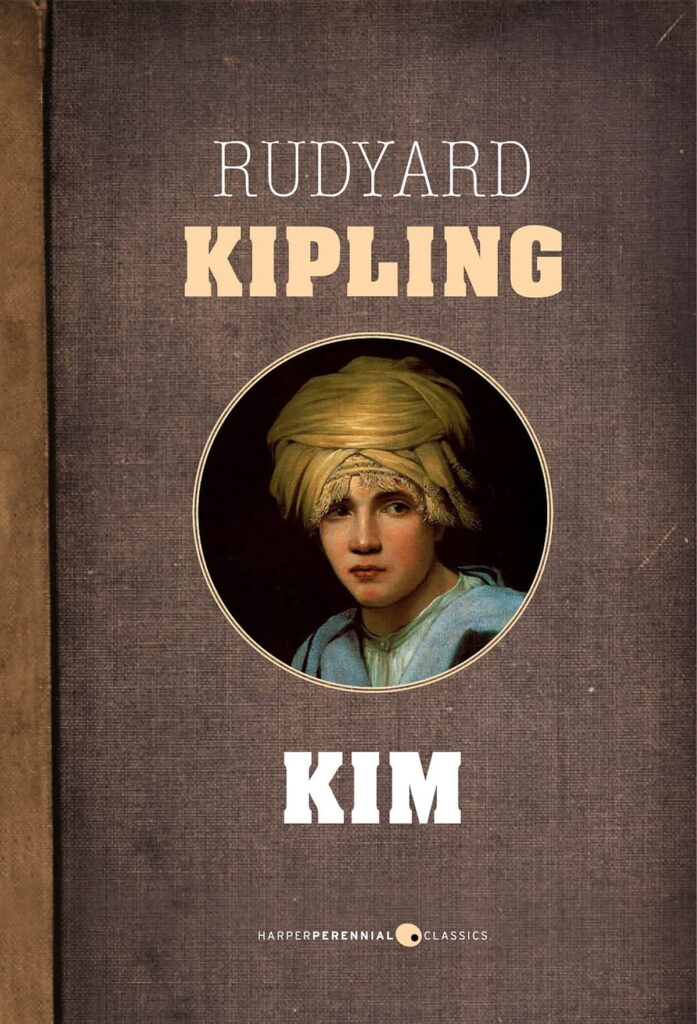
Set in late nineteenth-century British India, Kim is the story of an orphan named Kimball O’Hara (nicknamed Kim), the son of an Irish regimental soldier. At the beginning of the novel, the boy begs in the streets of Lahore and occasionally runs errands for a horse trader named Mahbub Ali, who also operates as an agent of the British Secret Service. Kim often passes for a native, given how culturally entrenched he’s become within his Indian surroundings, with most people unable to tell that he’s white. He comes across a Buddhist lama in search of enlightenment, hoping to get there by finding the legendary “River of the Arrow”, and becomes his chela (disciple). Meanwhile, Mahbub Ali entrusts Kim with delivering a secret message to the British intelligence at Ambala, thereby getting him involved in an espionage game with serious geopolitical ramifications.
Through these twin narrative strands – a secret spy mission and the quest for enlightenment – the novel traces Kim’s maturation and his spiritual education across the streets and bazaars of northern India, where he meets numerous colorful characters. Rudyard Kipling, born in India, presents a vivid picture of the country that does justice to its social and cultural diversity better than most Orientalist depictions.
From Kimball’s perspective, the reader gets to explore the richness of Indian culture as seen through the eyes of an outsider (but one who, nevertheless, is more familiar with the land than most outsiders are). The book, first published serially between 1900-1901, is difficult to categorize into a single genre, blending elements of children’s literature, adventure tales, and a coming-of-age story. Praised for its imagery and sensitive portrayal of boyhood, Kim remains a classic that has also been adapted for the silver screen more than once.
8. A Portrait of the Artist as a Young Man by James Joyce
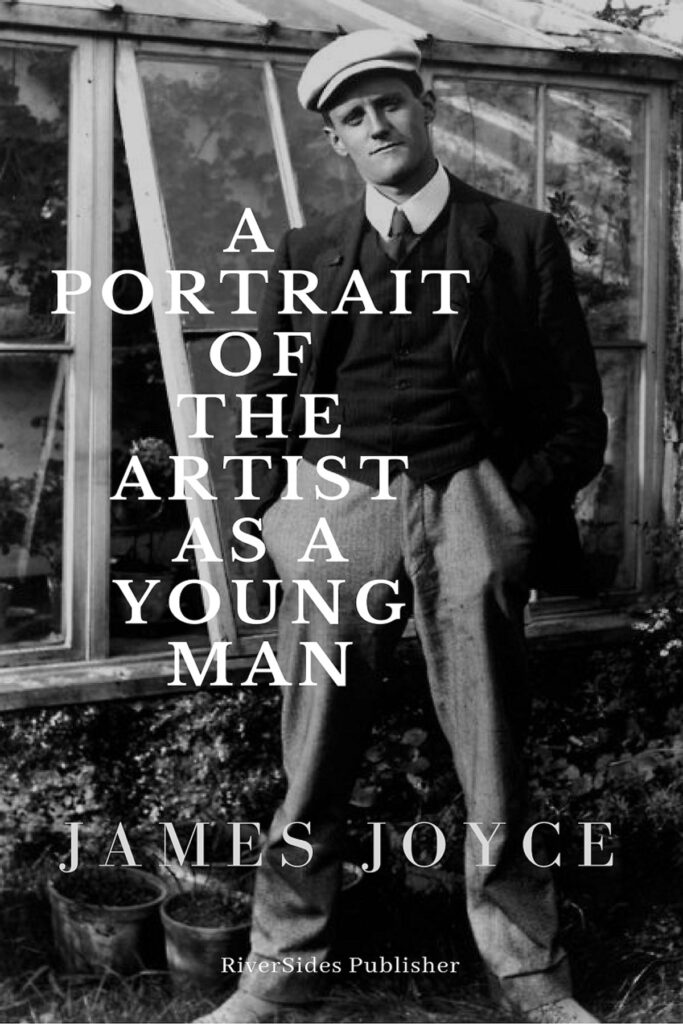
Joyce’s first novel, which, along with his short-story collection Dubliners, made him a recognizable name within the modernist literary canon, A Portrait of the Artist as a Young Man tells the story of Stephen Dedalus and his spiritual growth as he attempts to shake off the shackles of the Catholic and Irish social conventions he’s grown up with, so as to forge his own destiny as a writer. He’s sent off to a strict Catholic boarding school where he initially feels homesick. But just as Stephen manages to feel at home there, his father, Simon, sinks their family into deep debt, and Stephen finds out that they must move to Dublin. There, Stephen flourishes as a writer and actor at a day school he attends and has his first sexual experience. Initially disavowing his Catholic upbringing to indulge in life’s sensual pleasures, Stephen undergoes a series of reversals, reclaiming the ascetic Christian life and then again moving away from the same in search of beauty and the sublime.
Stephen Dedalus represents Joyce’s fictional alter ego, and his last name is a reference to the mythical Daedalus, who crafted wings for himself and flew away with his son Icarus. Like his namesake, Stephen strives to take flight and escape the constraints imposed upon him by his upbringing. A Portrait of the Artist as a Young Man is classified as a Künstlerroman, a sub-genre within the Bildungsroman wherein the narrative depicts an artist’s coming-of-age and intellectual development. As one of the foundational texts of literary modernism and one that reflects Joyce’s own journey of finding his artistic voice, the book stands to offer a lot for those not deterred by the author’s idiosyncratic style.
Related to James Joyce: The History of the Bloomsday Celebration in Ireland: A Literary Odyssey
7. The Magic Mountain by Thomas Mann
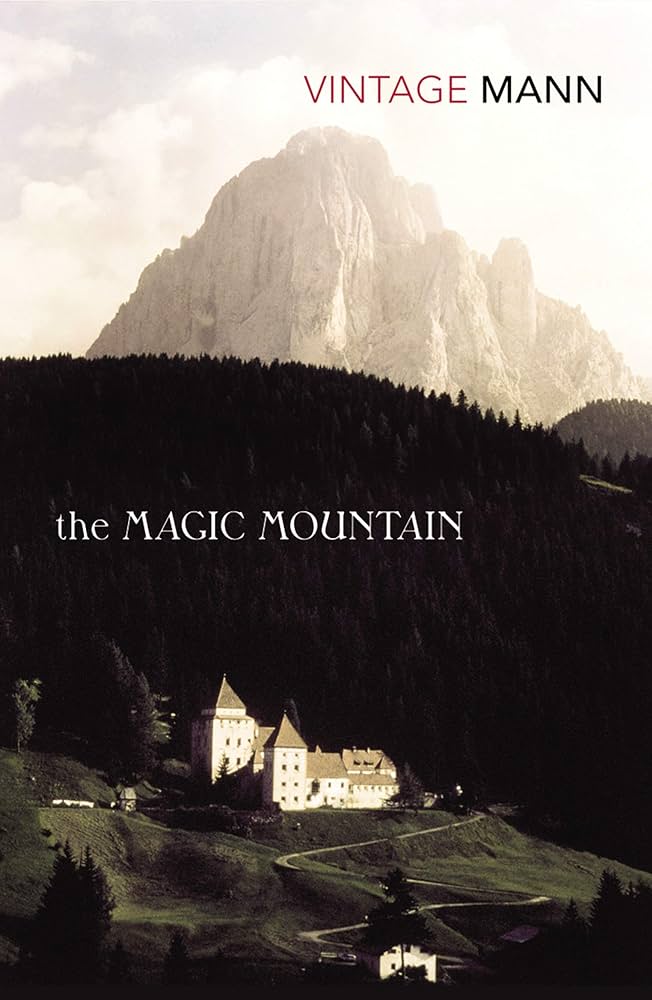
How many novels have their author explicitly recommended that you must read twice to understand them? Yet that is precisely the case with Thomas Mann’s The Magic Mountain, a sprawling work written over 12 years, famous for its tonal ambiguities and interpretive symbolism. It tells the story of Hans Castorp, a middle-class average German (“neither a genius nor an idiot”) in his early 20s, paying a visit to his cousin Joachim, who’s suffering from tuberculosis and is recovering at a sanatorium way up in the Swiss Alps.
The place is at such a high altitude that the air is rarefied and the life quaint and quiet, representing a stark contrast to Castorp’s bustling hometown in Hamburg (which he calls the “flatlands”). At the sanatorium, Castorp begins to have a series of discussions with the residents – meeting a range of characters from the humanist Ludovico Settembrini to his rival Leo Naphta, a radical Marxist. However, Castorp’s return from the place gets delayed indefinitely as he keeps falling ill, and eventually, his short three-week visit turns into a seven-year residency.
Perhaps Mann’s recommendation to read his novel twice has something to do with the fact that The Magic Mountain features all the usual trappings of a Bildungsroman even while parodying the same, thereby lending itself to multiple interpretations. The novel ends with the outbreak of World War I and Castorp volunteering to fight in it. Unlike the traditional Bildungsroman, the protagonist seems none the wiser at the end despite seven years of intellectual inquiries and discussions with his fellow residents. His life hardly seems to have improved at the end, with him joining the war and presumably dying as an anonymous nobody like the countless others of his time who fought alongside him. Mann’s novel thus becomes an interesting meta-reflection on the very idea of coming-of-age, the so-called progressive change brought about by spiritual education, which the Age of Enlightenment was also supposed to bring about in Europe but which, unfortunately, seemed to culminate in the two world wars and the Holocaust.
6. Pather Panchali by Bibhutibhushon Bandyopadhyay
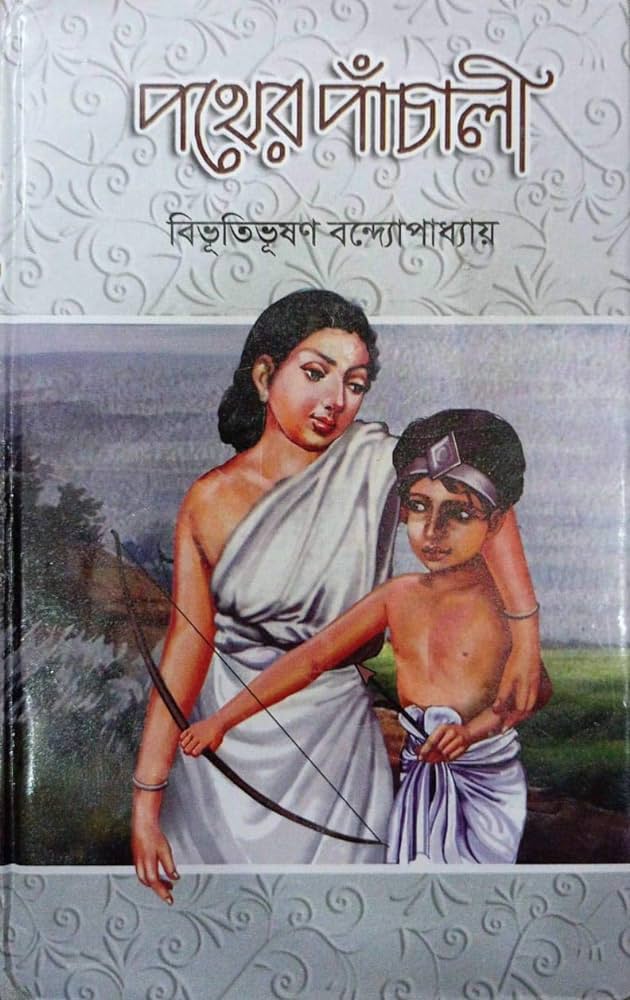
The first part of a duology that is completed with Aparajito (1932), Pather Panchali tells the story of Apu, a little boy who grows up impoverished in the village of Nischindipur and eventually leaves it for the holy city of Benares, trying to become a writer. The novels are most famous for being adapted for screen by Satyajit Ray into the widely-acclaimed Apu Trilogy, which has since become a classic in cinematic history. Pather Panchali begins before Apu’s birth and shows his father, Horihor, a poor Brahmin, struggling to support the family. We are also introduced to his wife Shorbojaya, their daughter Durga, and Indir Thakrun, the latter being an old widow distantly related to the family.
A few years later, Apu is born, and through his inquisitive eyes, the novel takes us on a trip through the many sights and sounds of rural Bengal, evoking the rustic charm of living within the lap of nature. One day, Horihor takes him to visit a client – this becomes an opportunity for Apu to get a glimpse of the larger world outside the confines of his small village. The novel ends on a bittersweet note, paving the ground for its sequel, with the sudden death of Durga leaving little Apu without his regular companion, as the family decide to leave the village in search of a better life elsewhere
5. Dune by Frank Herbert
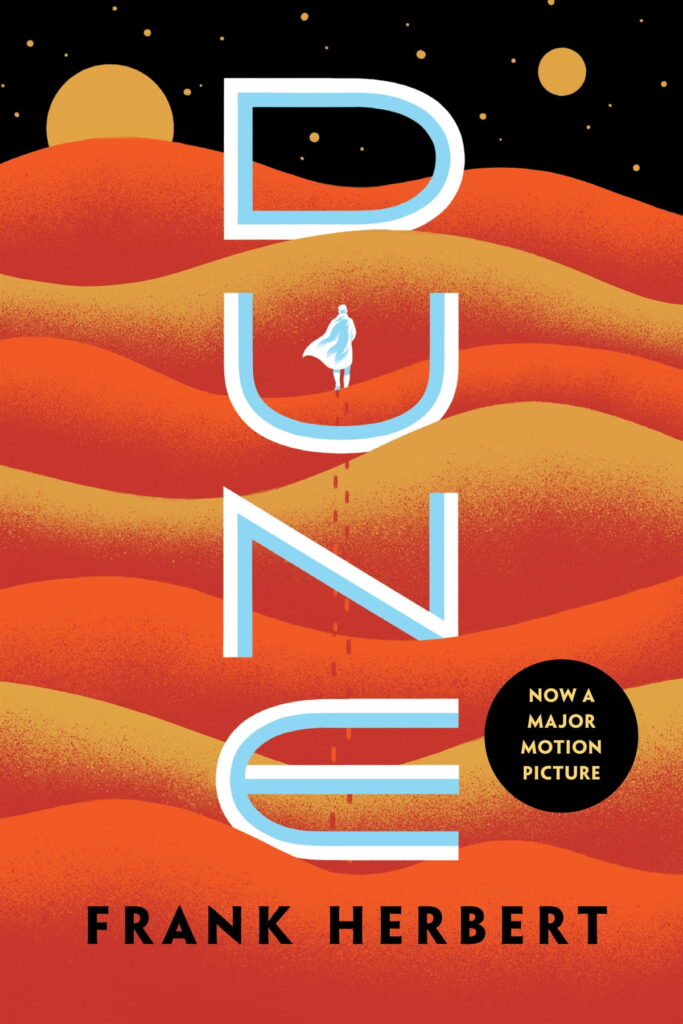
Another novel made popular by its recent screen adaptation, Dune is a 1965 sci-fi tale set in the distant future, following the young Paul Atreides, whose family takes control of a planet named Arrakis, which is also the only source in the universe of a much-sought-after “spice” over which interstellar battles are fought. This spice is essential for navigating across galaxies and is also valued for being able to extend lifespans and enhance psychic powers. While the epic scale and sci-fi genre trappings of the Dune saga may give the impression that it’s fundamentally different from the other books in this list, the fact remains that it still is a Bildungsroman at its core in tracing the journey of Paul Atreides.
In the midst of all the cosmic battles and exotic alien civilizations, the narrative depicts Paul leaving his childhood behind to embrace his identity as the Kwisatz Haderach, the prophesied messiah. Along with this burden of being the Chosen One, Paul must learn to grapple with the loss – of friends, family, and, most importantly, his innocence. “Paul Atreides must die for Kwisatz Haderach to rise”, a voice informs us. His death, of course, must be metaphorical, the same way that the child needs to die as they come of age for the adult to take their place. Paul’s realization of his destiny and his struggle to accept the same, in walking a path full of heartbreaks and hard choices, forms the resonant emotional core of Dune and gives the (otherwise outlandish) tale a sense of universality and rootedness that is characteristic of the Bildungsroman.
Related to Dune: Download the script of Dune (2021)
4. Oranges Are Not the Only Fruit by Jeanette Winterson

Jeanette Winterson’s debut novel Oranges Are Not the Only Fruit, published in 1985, is the story of a young girl brought up in a strict Pentecostal Christian community who grows to discover that she’s a lesbian and thus must rebel against the environment of sexual repression around her to assert her identity as she comes of age. The tale is semi-autobiographical, with the protagonist also named Jeanette, and is divided into eight sections named after eight books from the Old Testament. Jeanette was adopted by a woman so fervently religious that she justifies the adoption as her way to raise “a servant of God” without having to partake in the sinful act of sex. When she attends a secular school, the little girl fails to fit in owing to having lived a sheltered life with excessive religious fixations.
Jeanette believes she’ll grow up to be a missionary because that’s the only thing she was ever taught to desire, i.e., to serve God. However, as childhood gives way to adolescence, Jeanette begins to rethink all that has been taught to her, such as the ideal of perfection as embodied in the image of Man before being cast out of the Garden of Eden. Growing up with a stunted understanding of sexuality, she struggles when, one day, she finds herself attracted to a girl named Melanie and begins spying on the latter, which eventually blossoms into friendship between them. This tiny act of rebellion, a refusal to conform to the strict sexual norms around her, lands Jeanette in much trouble with her community. Now, she is torn between being faithful to her upbringing and her (adoptive) mother and being true to her own sexual desires, which she refuses to repent for. Oranges Are Not the Only Fruit was also adapted for a 1990 BBC television drama, which went on to win a BAFTA award.
3. Norwegian Wood by Haruki Murakami
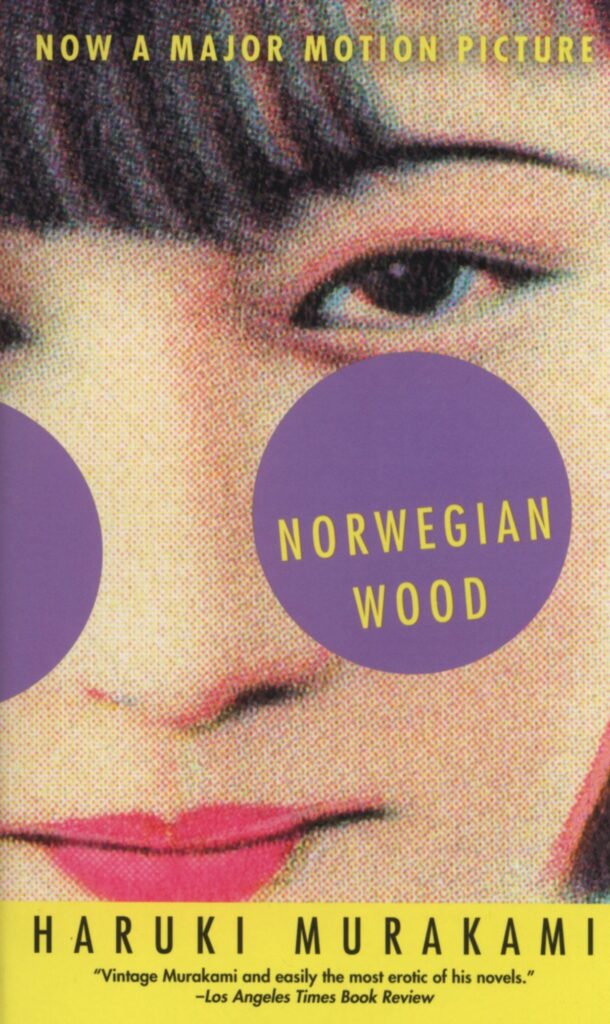
The novel that shot Murakami to popularity and made him a household name in Japan, Norwegian Wood, looks back on its protagonist, Toru Watanabe’s college days and his fateful relationships. It is a poignant tale of longing and loss, narrated from a first-person perspective, and it follows the teen Watanabe as he deals with a series of romantic attachments – threaded through with heartbreaks and unexpected deaths – and emerges a sobered adult. The story begins when Watanabe is 37 years old and hears a cover of The Beatles’ “Norwegian Wood”, which triggers an avalanche of memories which form the contents of the narrative. He recalls his best friends, his classmate Kizuki and Kizuki’s girlfriend Naoko, and how the trio were inseparable in their happy teenage years. However, Kizuki unexpectedly kills himself on his 17th birthday, leaving Watanabe and Naoko to mourn him and bond over his loss.
The two of them grow increasingly close, even as Naoko struggles to get over Kizuki’s death and eventually quits college to reside at a sanatorium. Meanwhile, Watanabe also grows close to his classmate Midori, who seems like the very antithesis of Naoko’s shy and reserved personality. He eventually visits Naoko at the sanatorium, where an older patient named Reiko becomes his friend. The two women share more of their pasts with Watanabe, who himself is conflicted between his feelings for Naoko and Midori. Watanabe eventually consults Reiko about his dilemma, not wanting to hurt either of his two friends. However, the news of another sudden death turns his life upside down, and Watanabe recounts wandering the streets of Japan for days on end, grieving. His experiences change him and help him re-evaluate his priorities in life, even though the novel ends with a question posed to Watanabe, which he ponders without disclosing his answer.
2. Call Me By Your Name By Andre Aciman
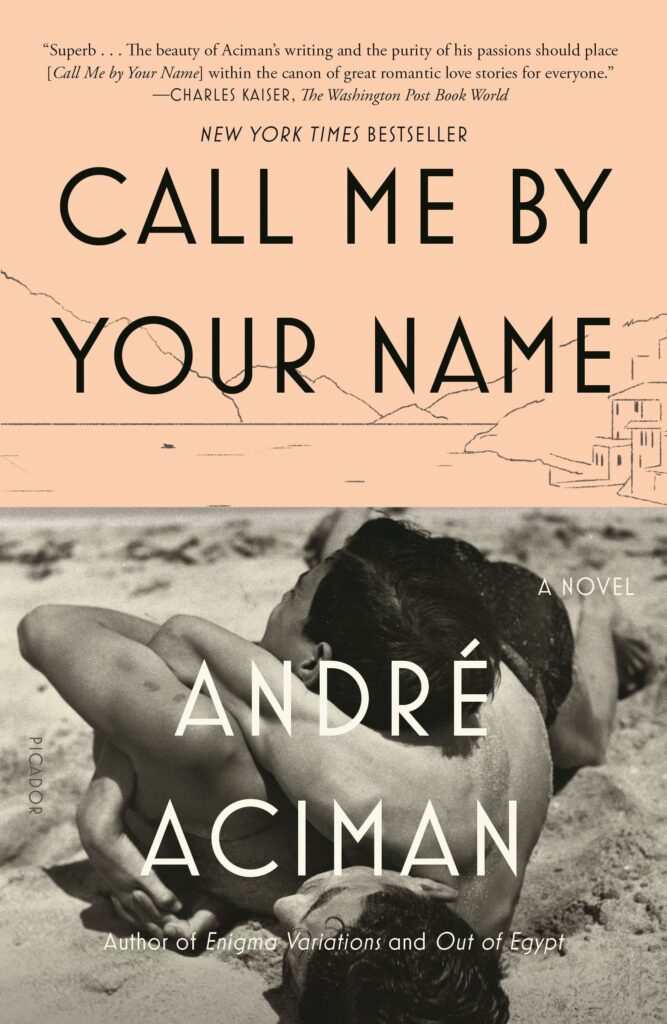
This 2007 novel Call Me By Your Name by Andre Aciman was adapted 10 years later by Luca Guadagnino into a critically acclaimed Oscar-nominated film. Set in the 80s, primarily across one eventful summer in Italy, it tells the story of 17-year-old Elio falling in love with Oliver, a 20-year-old visiting scholar from America. Each year, Elio’s parents host a doctoral student at their home for six weeks, letting them use Elio’s bedroom during their stay (much to his displeasure). One summer, it happens to be Oliver, whom Elio feels attracted to and eventually confesses the same to, joyous that Oliver reciprocates his advances.
The novel depicts a tumultuous range of feelings undergone by Elio as their relationship ebbs and flows, even as the day of Oliver’s departure draws near. With beautifully tender prose, Aciman sketches the pangs of desire afflicting Elio as he comes to terms with the reality of having to live without Oliver. The two meet a few times following the first summer, each trying to move on with their respective lives even as they confess to being unable to forget the other. Call Me By Your Name will endure as a modern classic owing to its sensitive and sensuous portrayal of the pilgrimage from youth to adulthood, moving from being innocent boys to becoming desiring subjects and all the travails of sexuality and identity that this journey entails.
1. Persepolis by Marjane Satrapi
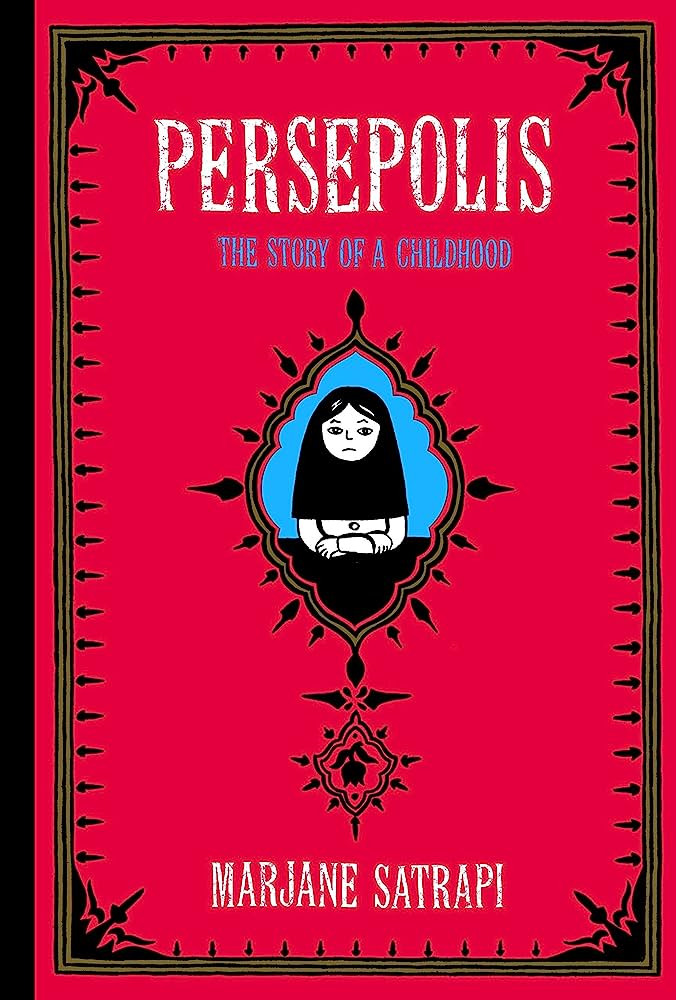
The only graphic novel on this list, Persepolis, depicts the autobiographical tale of the author Marjane Satrapi as she grows up during the Iranian Revolution in a society of growing religious fundamentalism. The young Marji is heavily influenced by Western political theory as she reads socialist icons like Marx and Guevara, joining the revolutionary protests demanding the Shah’s exit. However, life after the revolution is far from emancipated and regresses to one defined by social and sexual repression and religious intolerance. Women are told to veil themselves, and Marji’s uncle is tried for espionage and killed. As if things aren’t bad enough, their lives are further upturned by the declaration of war on Iraq. Meanwhile, Marji grows increasingly radicalized in the midst of all the turmoil and finds little ways to revolt against the repressive status quo – drinking alcohol and seeing boys, both of which the state had outlawed.
As a missile devastates their neighbor’s home one day, Marjane’s parents begin fearing for her life and decide to send her to Europe for further studies, where she’ll grow safely. The book ends with Marji leaving for Austria, wondering if she’ll ever see her parents again. A second part, published 4 years later, chronicles her time in Europe and her subsequent return to Iran. Persepolis depicts how socio-political strife can rob so many of their childhoods and the chance to grow up freely exploring one’s desires. Although the novel is a record of real events, the way it is narrated using both the written word and the graphic image to exemplify Marji’s personal perspective on a historical event allows for a reading experience akin to the immersion achieved by fiction. Persepolis was also adapted by the author into a 2007 animated film of the same name.

